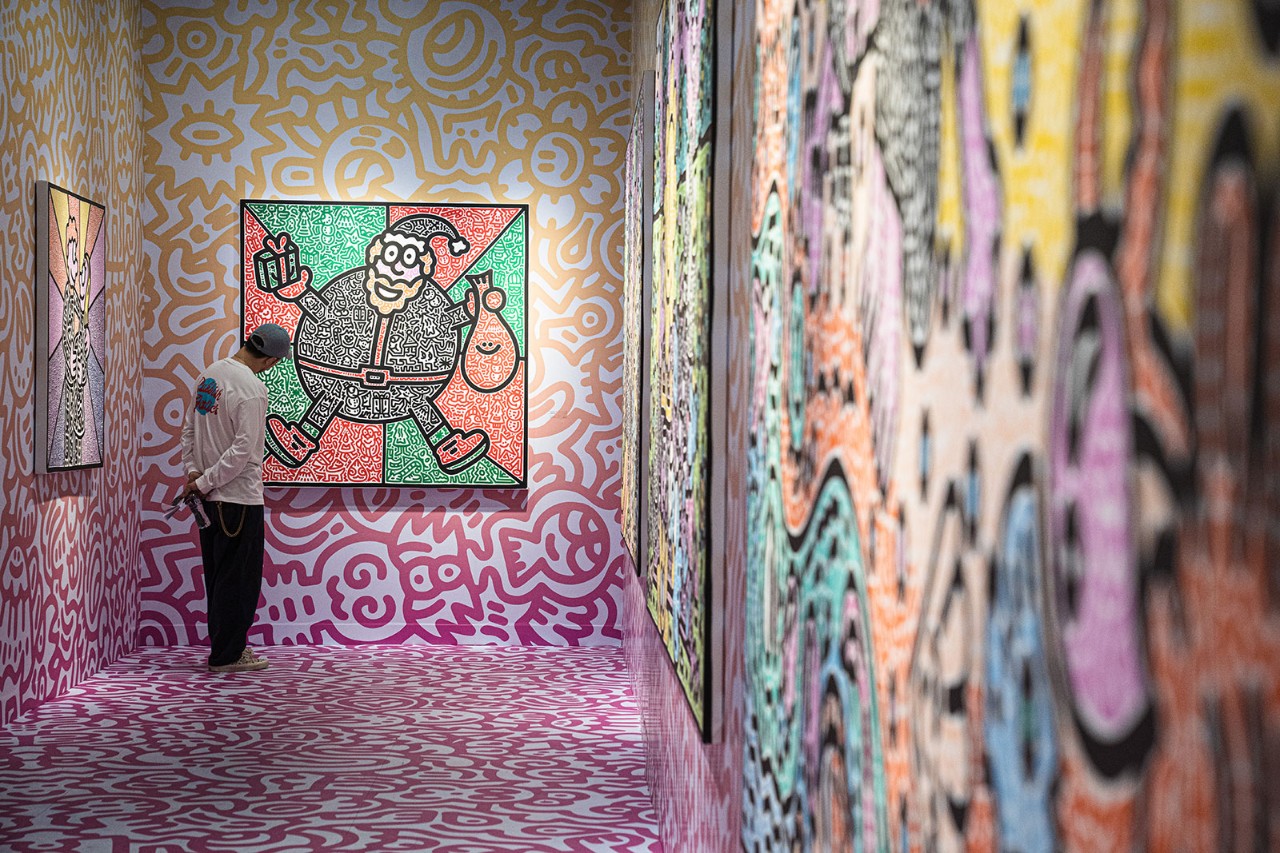
The Art Basel festival returned to Hong Kong SAR in March for the first time since 2019. The art fair, which is the third biggest in the world and accounts for around 25% of a global art market worth US$68bn a year, is credited with a first-quarter jump of nearly 60% year on year in the value of Hong Kong art exports.

Artist Kaya Mar with his painting of King Charles III, who plans to run a smaller and cheaper monarchy, on coronation day in May. The sovereign grant paid to the royals has risen sharply, from £31m at its introduction in 2012 to £86m in 2021/22, while the monarchy’s annual contribution to the UK economy has recently been valued at £1.766bn.
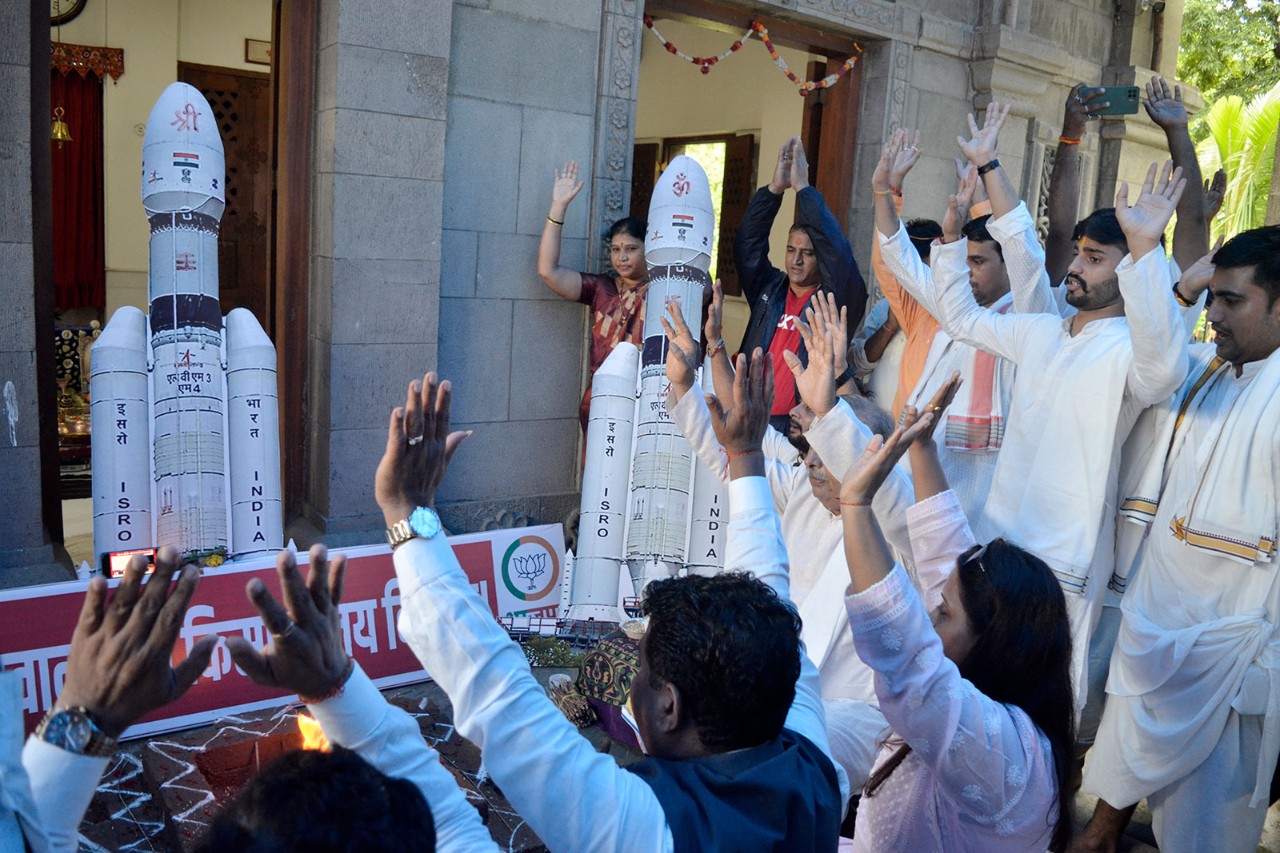
Hindus in Mumbai, India, pray for the success of Chandrayaan-3 Moon mission, which blasted off from the Sriharikota spaceport in Andhra Pradesh in July. EY estimates India’s space economy – principally the production and launches of satellites – will be worth nearly US$13bn by 2025 and US$1trn by 2040.
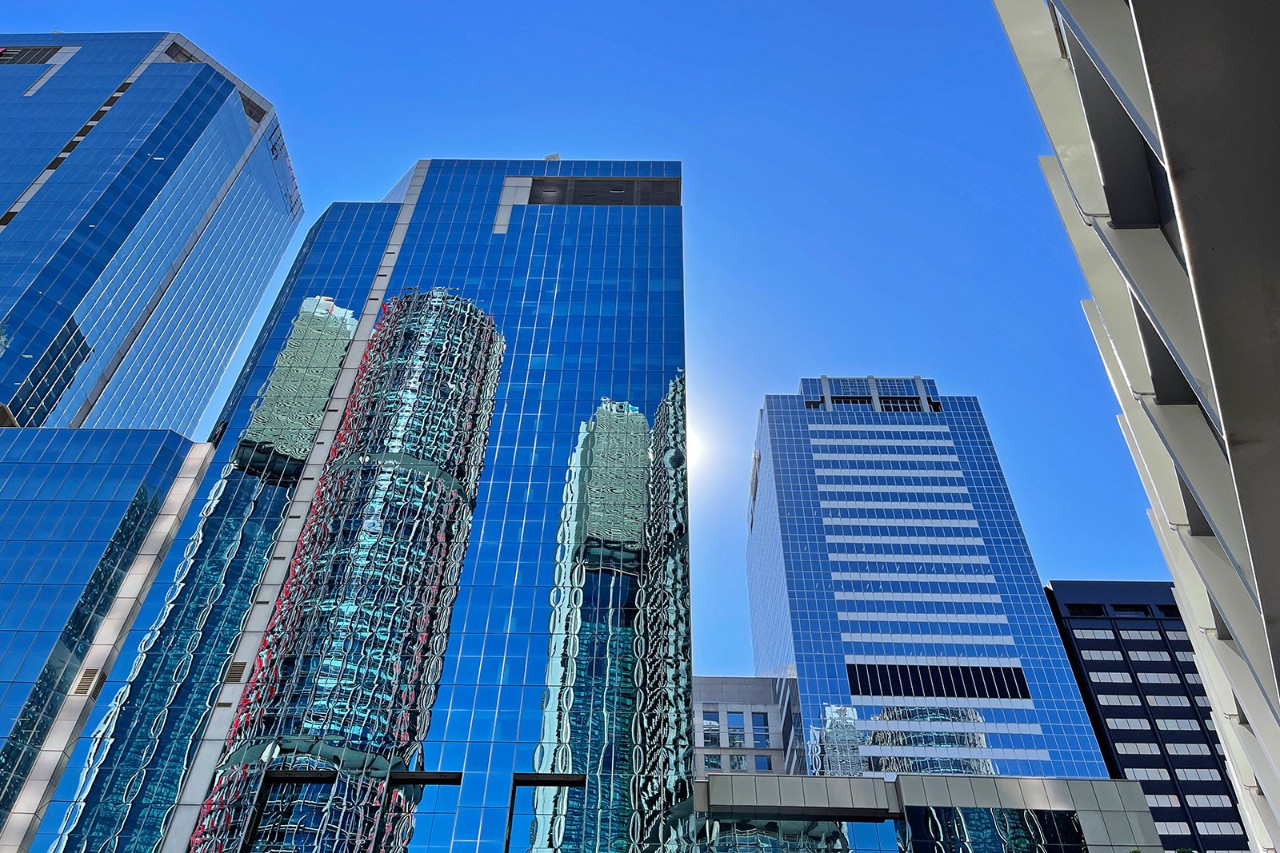
The Sydney headquarters of PwC Australia, which determined in July, following an investigation into leaking confidential government tax policy information to its corporate clients, that the failure lay with its leadership and governance. Eight partners ended up being fired, including PwC Australia’s CEO. The ongoing scandal concerns the Big Four firm’s conflict of interest in advising both the government and its own clients on new tax laws.
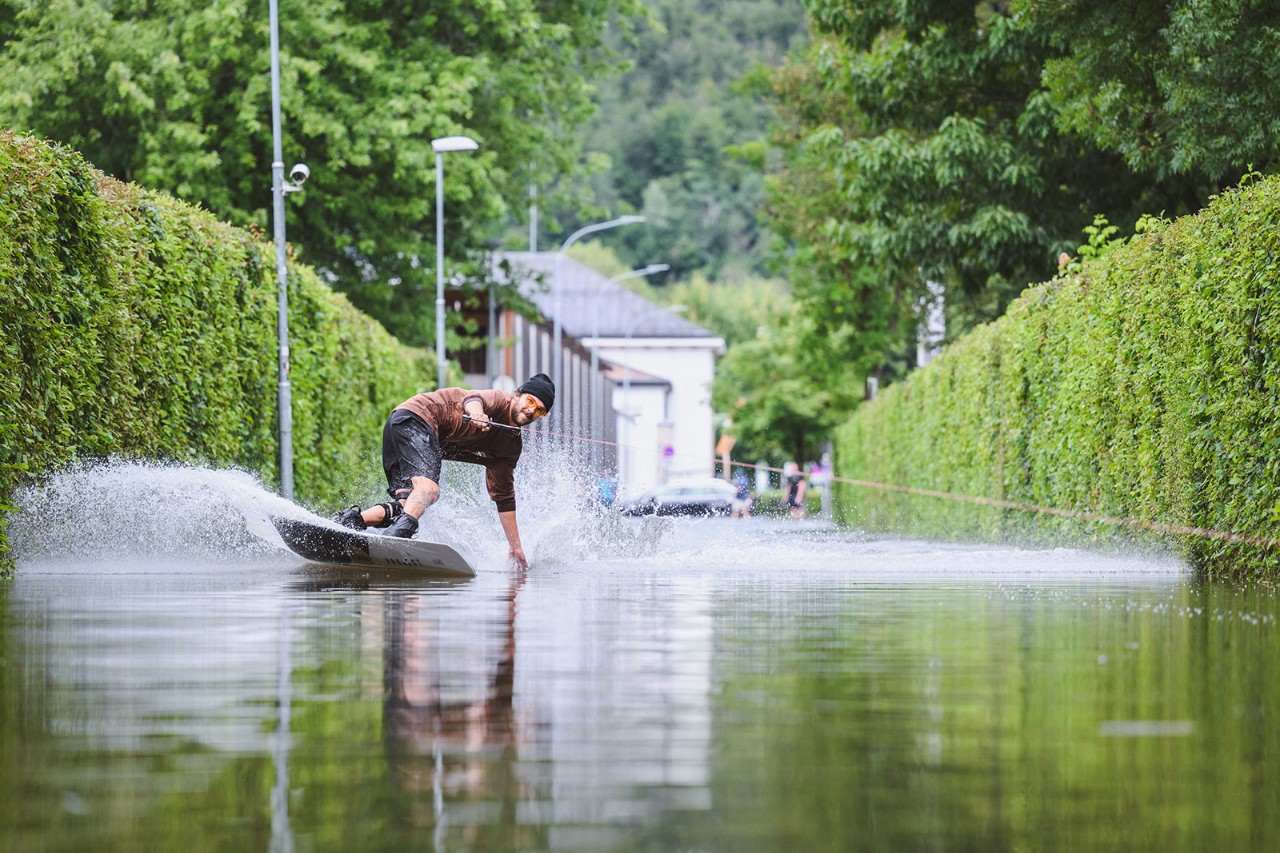
A wakeboarder makes the most of a flooded road in Klagenfurt, Austria, in August. Extreme weather conditions in 2023 included wildfires in Australia, Canada and Greece, super cyclones in southern Africa, Myanmar and Brazil, and flooding in northern China, Malaysia and South Korea, causing damage estimated at US$140bn annually since 2000 and US$280bn in 2022.
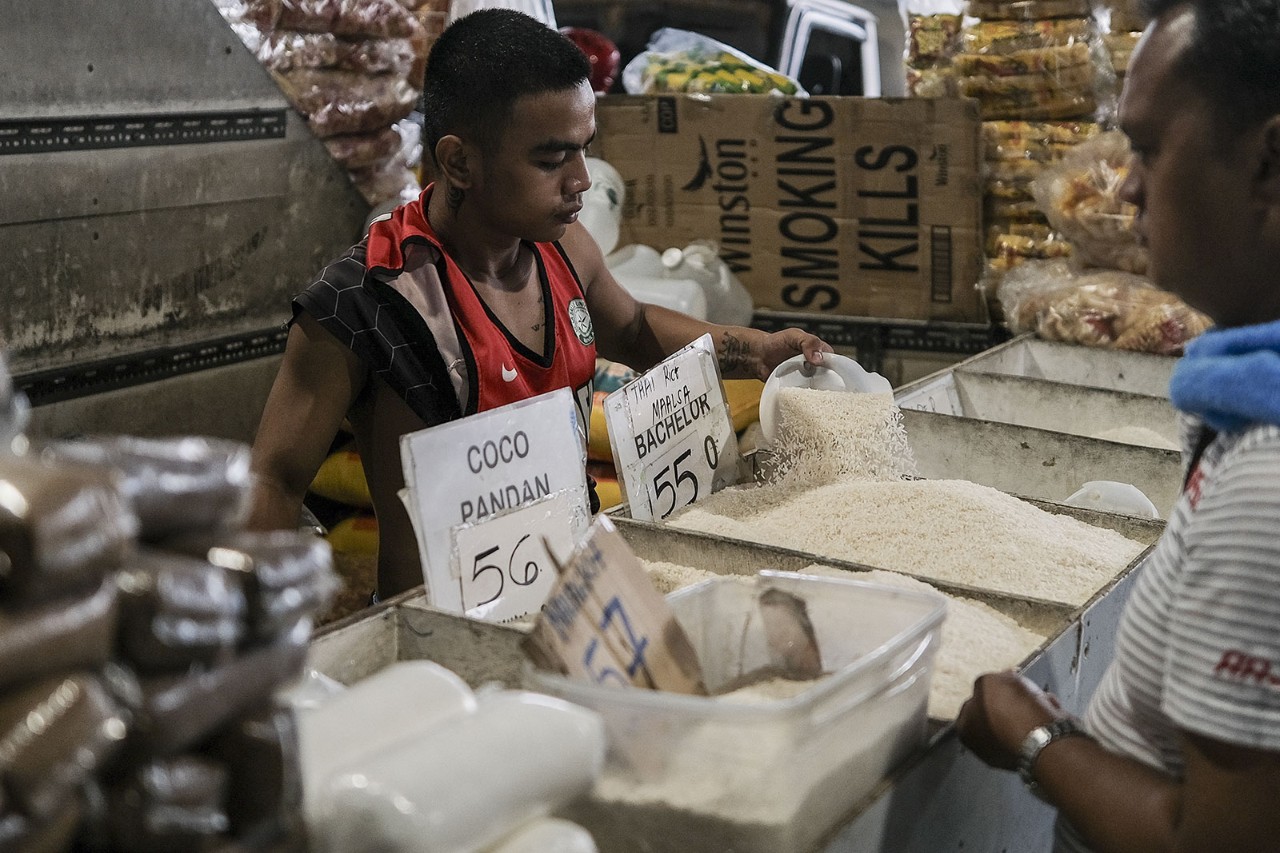
With extreme weather decimating rice harvests, the Philippines government introduced a surprise price cap in September after price inflation in the food staple in Asia hit a 14-year high. The move followed India, which accounts for 40% of the global trade in the cereal, placing a ban on half of its rice exports and hefty duties on the rest. Subsequent price stabilisation has seen the cap lifted.

In September, the World Health Organization recommended a second malaria vaccine, which will be rolled out across sub-Saharan Africa. Not only is the vaccine cheaper than the 2021-recommended version, it is also more effective at preventing malaria in children, with a recent study reporting that the resulting population health improvement could generate an annual 0.5% increase in national GDPs where it was fully adopted.
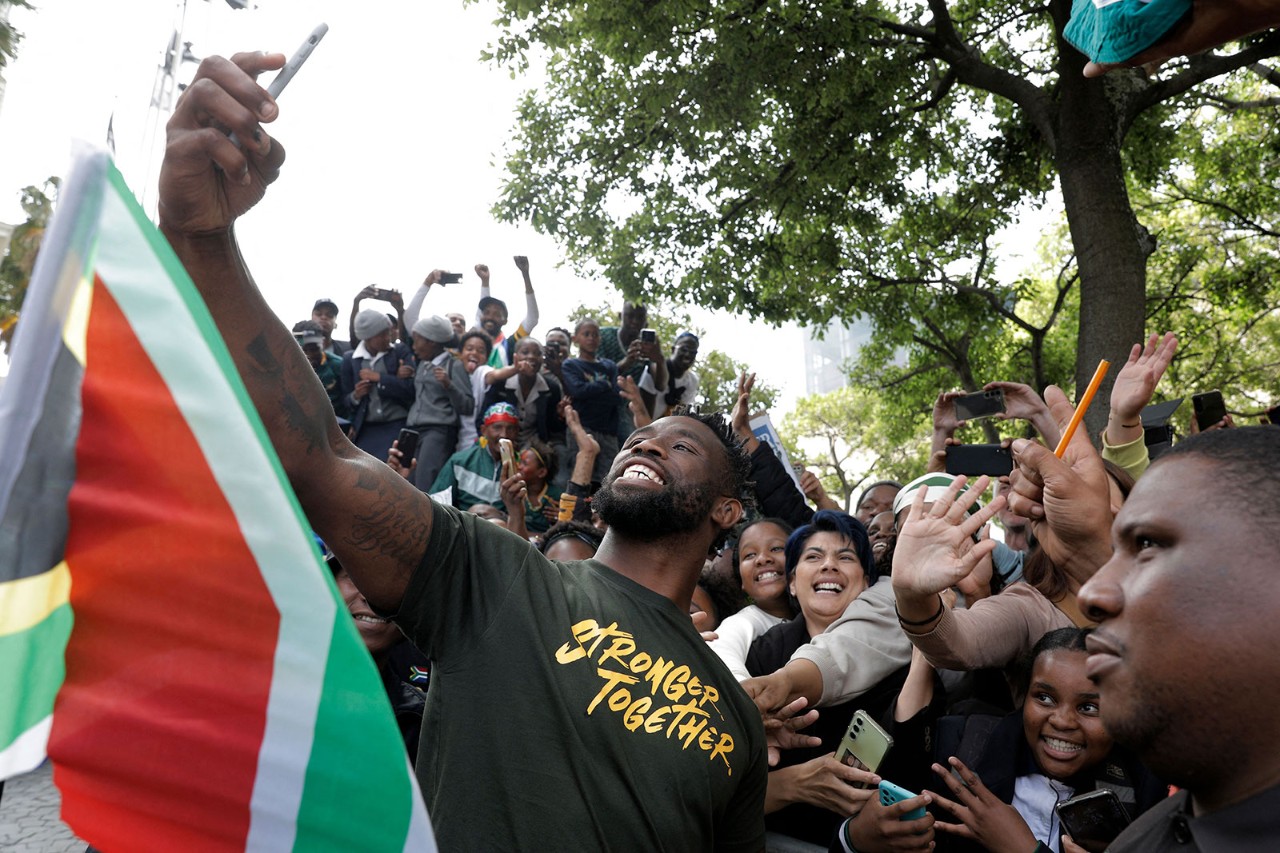
In a Cape Town victory parade, Springboks captain Siya Kolisi celebrates South Africa winning the Rugby World Cup final in October. Beaten in the quarter final by South Africa, host nation France can take consolation in the event attracting around 600,000 foreign tourists for an average two-week stay.
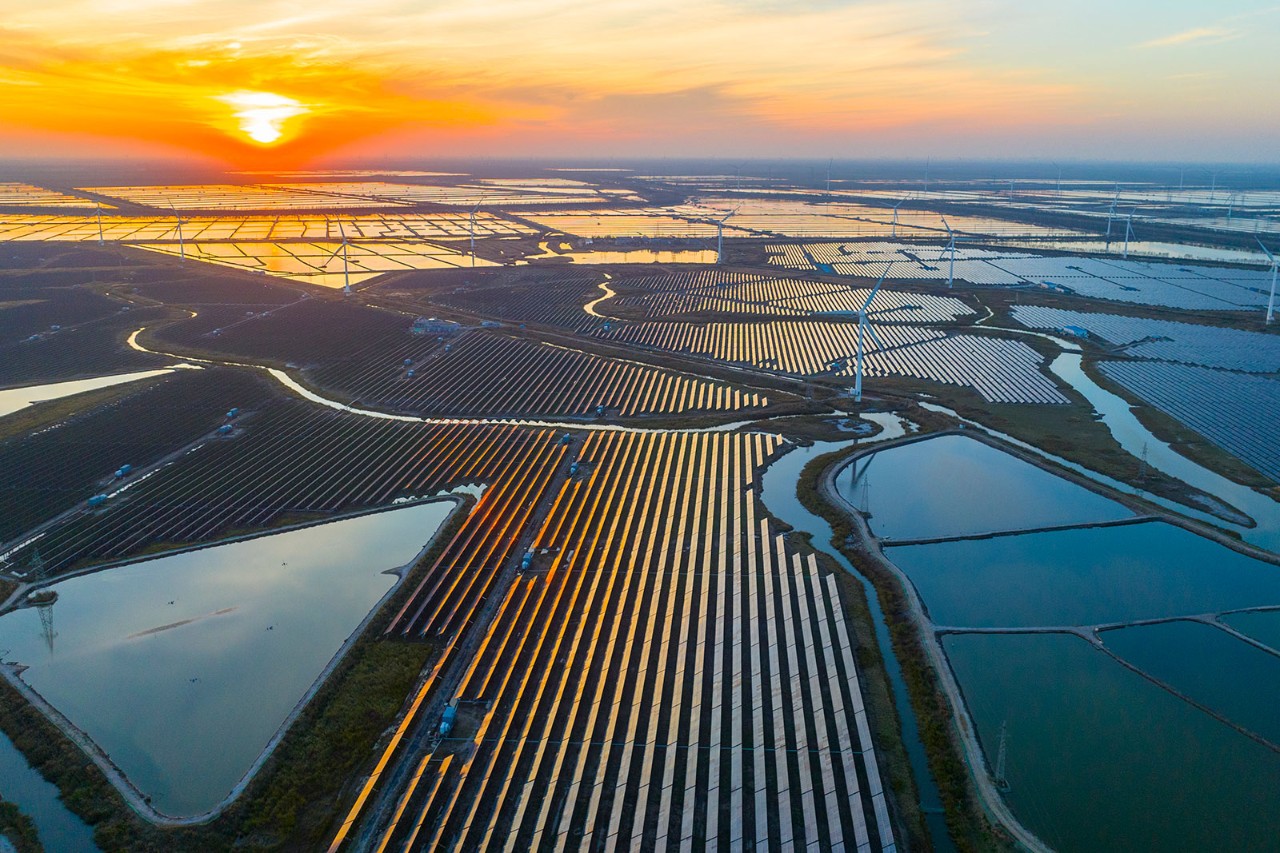
Offshore solar panels near the city of Yancheng in China, which agreed just before COP28 began in November to back a target to triple global renewable energy capacity by 2030. The country, which has installed more solar capacity this year alone than the US in its entire history, is the world’s biggest producer of renewable energy but also the world’s largest consumer of coal.
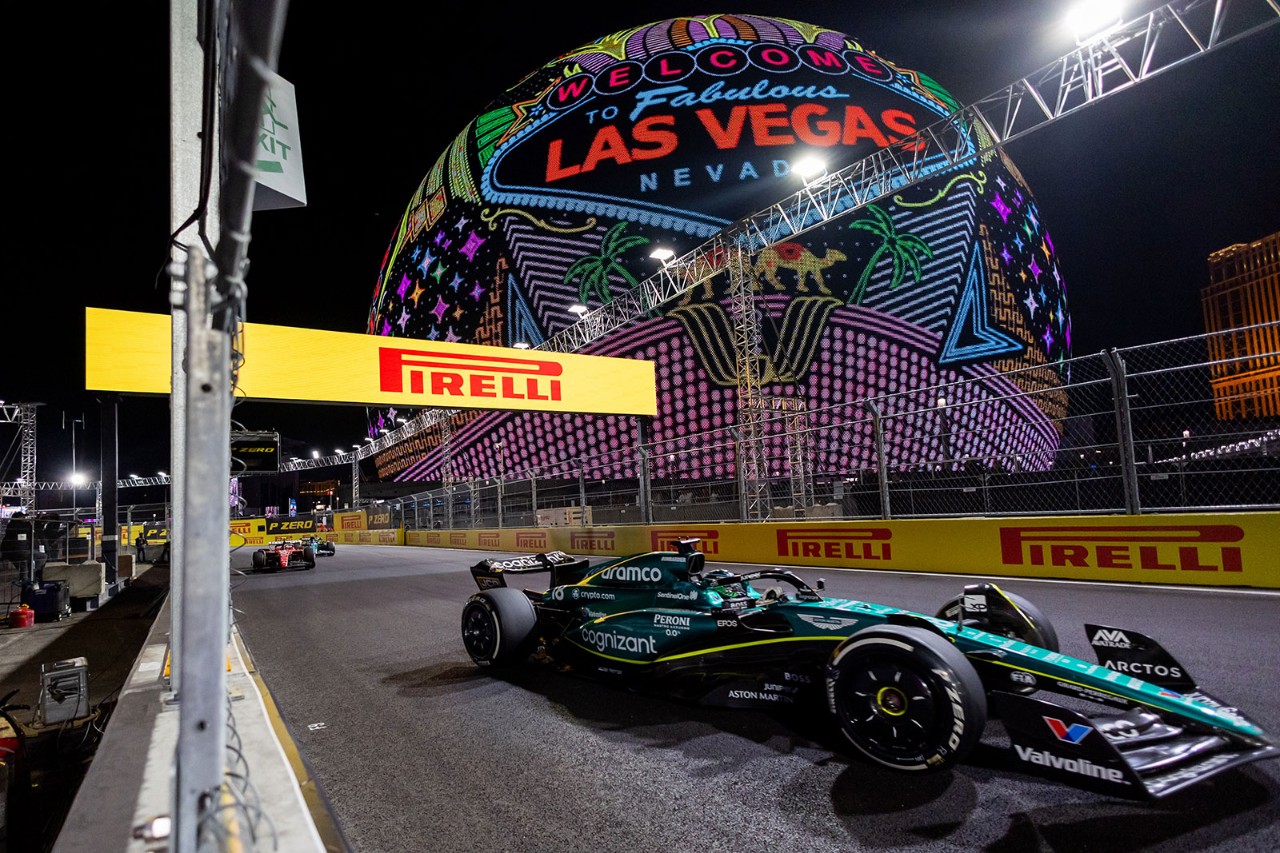
At an estimated cost of US$1.3bn, the Formula 1 Las Vegas Grand Prix in November was the most expensive F1 race of all time. A loose manhole cover on the circuit tore a hole in Carlos Sainz’s Ferrari, and the sport’s reigning world champion criticised the event as ‘99% show, 1% sporting event’.
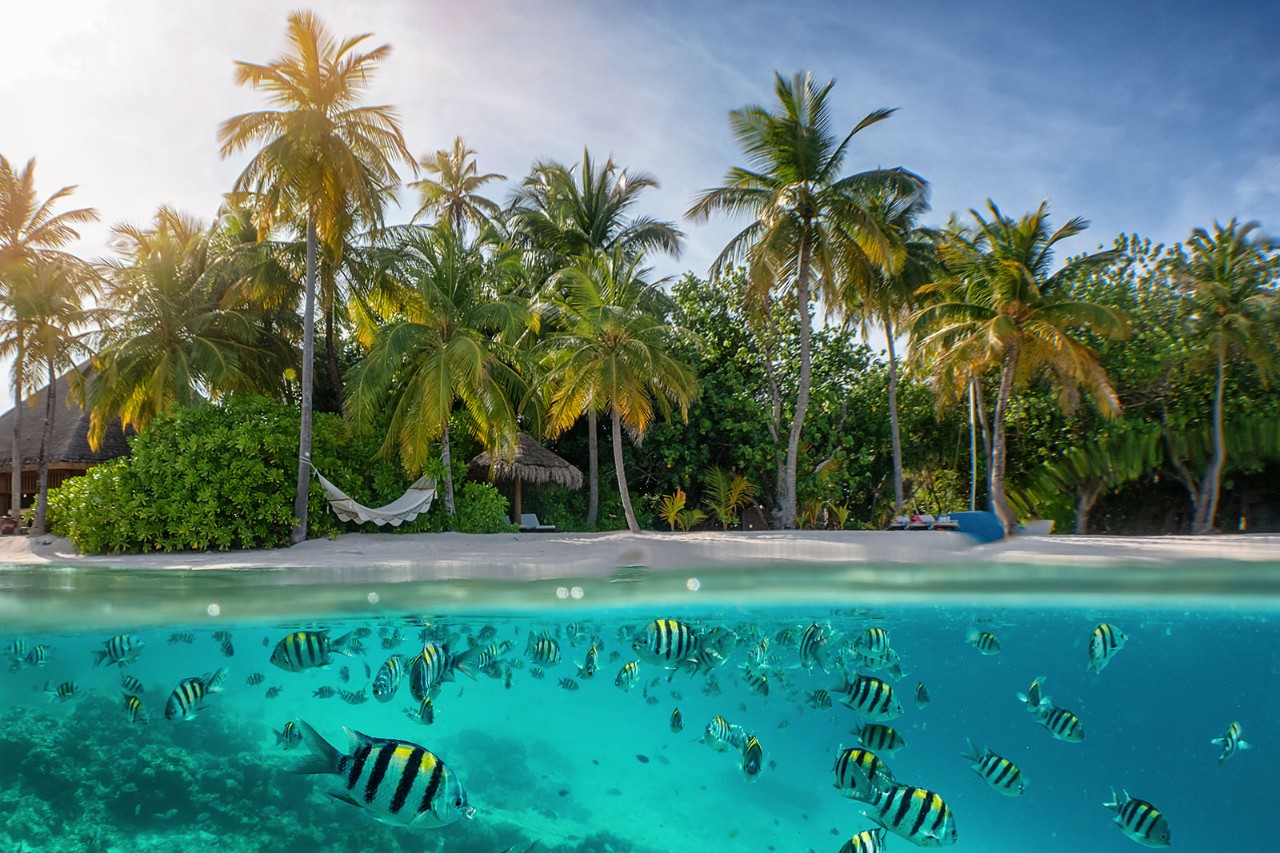
Seychelles is credited with being the wealthiest economy in Africa in 2023, thanks to tourism, sustainable fishing and renewable energy. Although the country’s US$2.08bn economy is one of Africa’s smallest, the island nation’s US$14,653 GDP per capita is considerably ahead of second-placed Mauritius with US$9,106.


